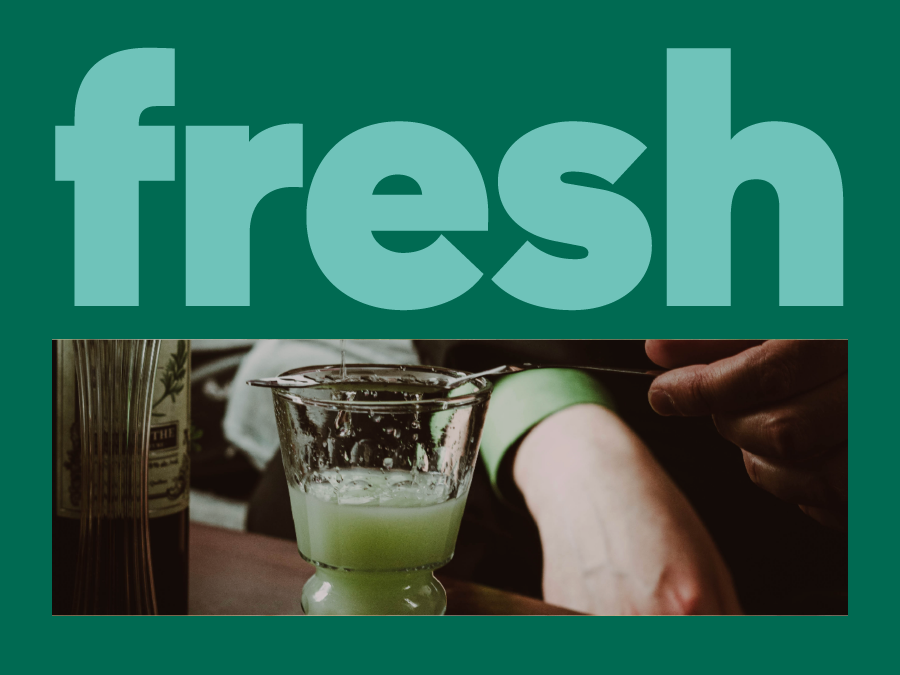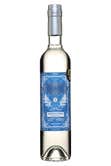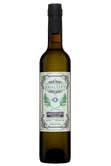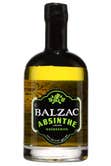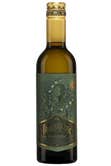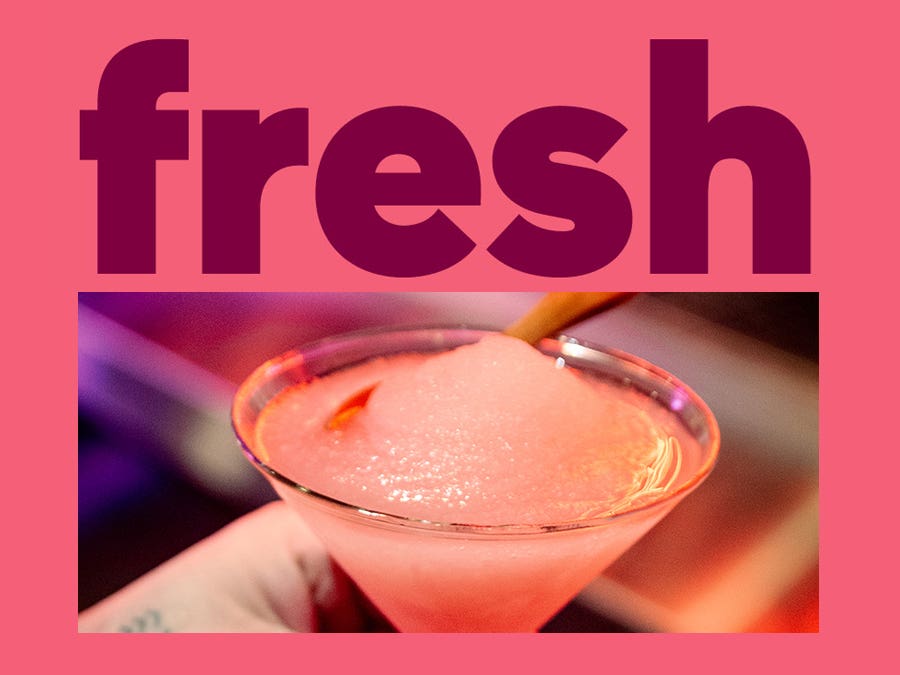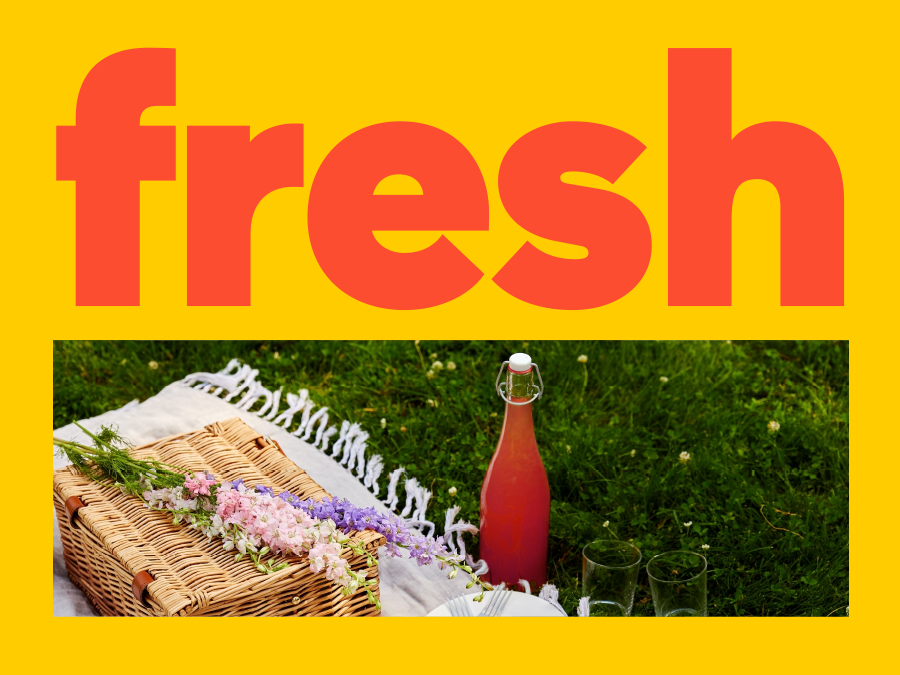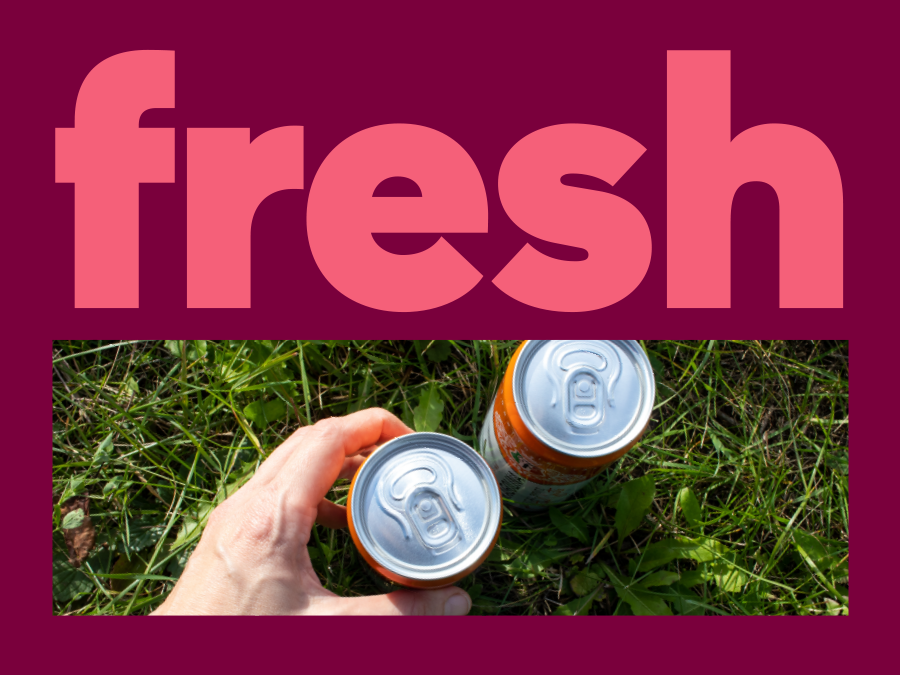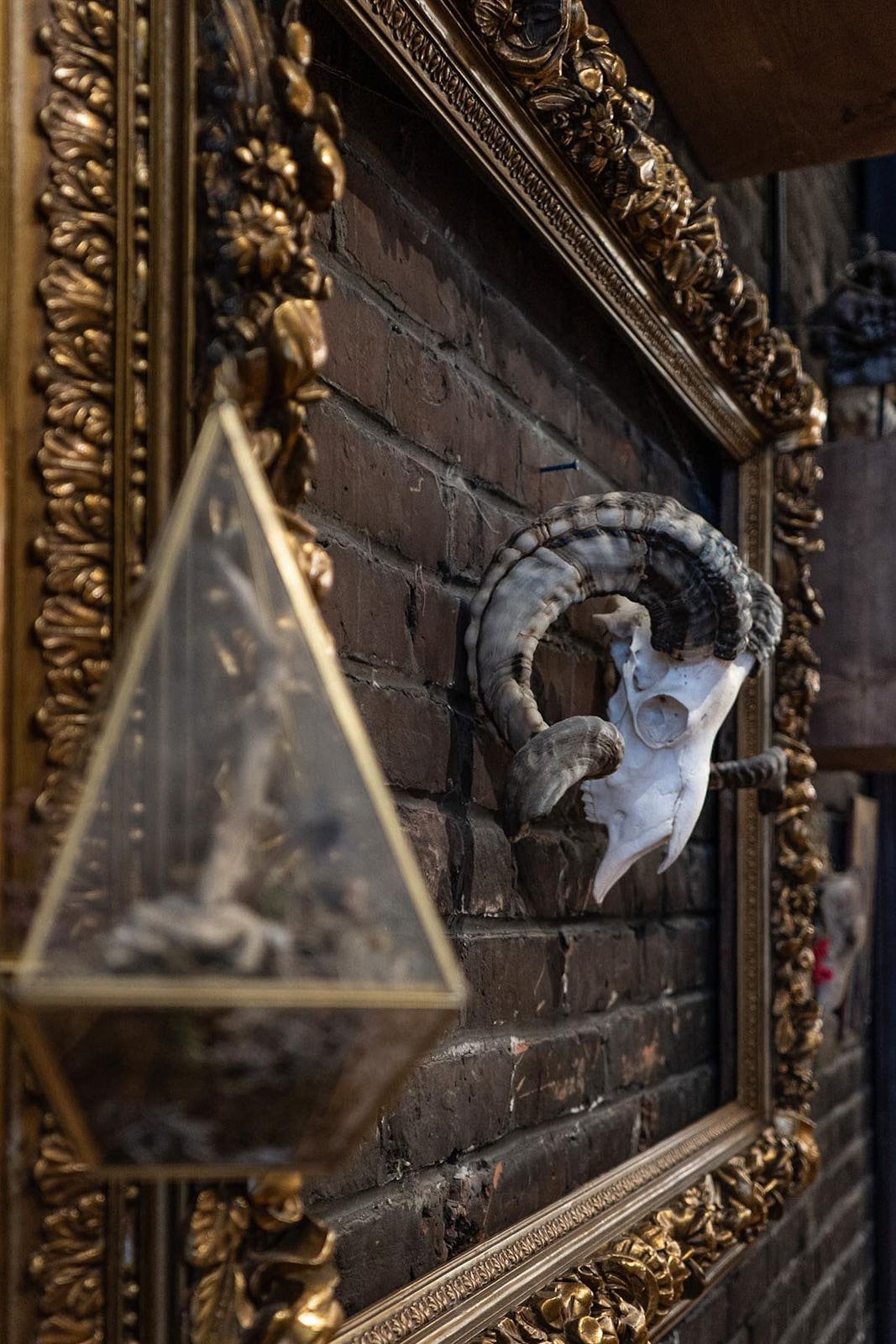

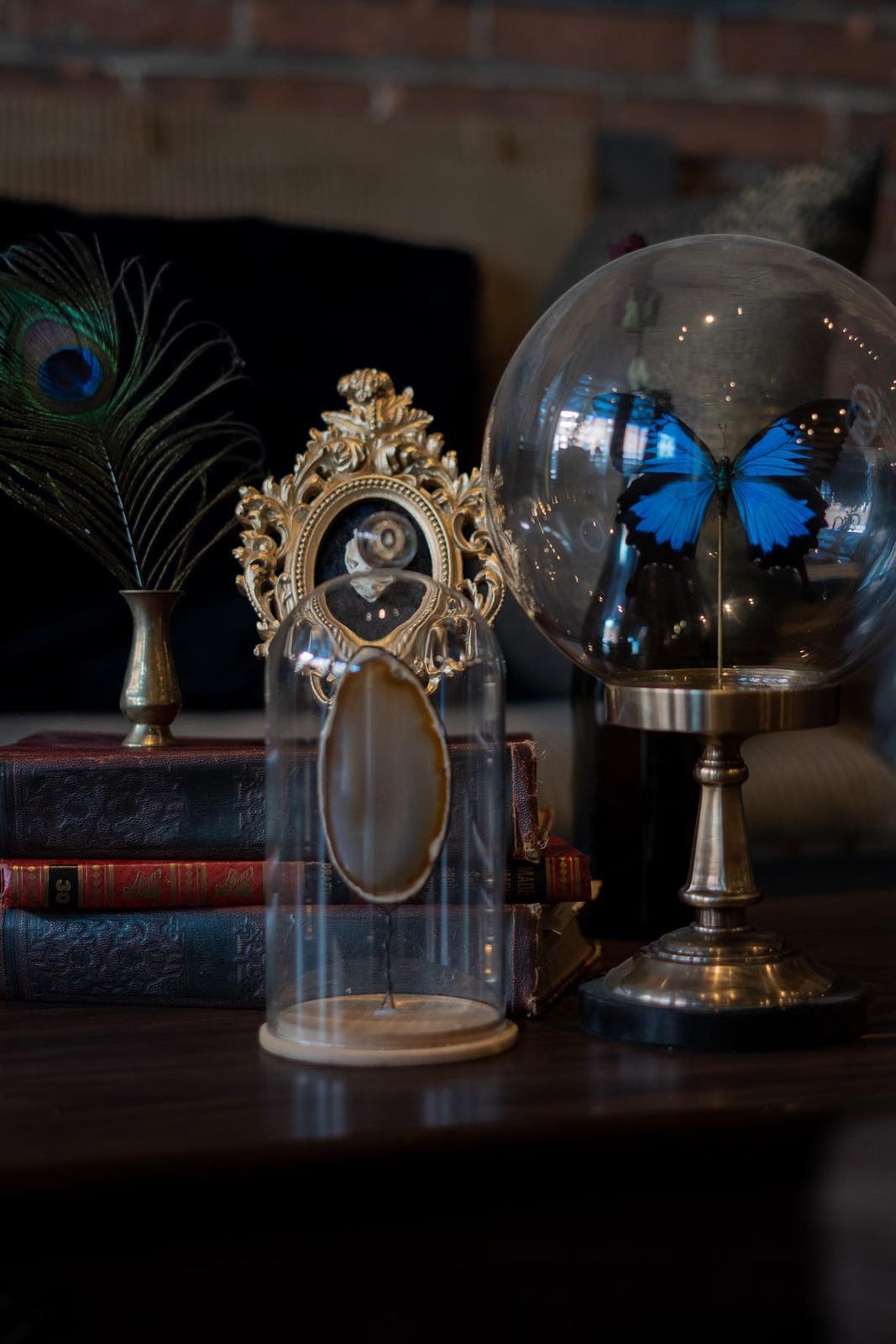

Lavish chandeliers, ancient world maps, a crystal ball, insects cast in resin, animal skeletons, creatures under glass domes—when you enter Chez Ernest: Comptoir de curiosités (French only) at the Plaza St-Hubert in Montreal, it feels like you’ve stepped into an Edgar Allan Poe tale. Bottles of absinthe are lined up on a shelf beside mounted butterflies. By his own admission, owner Renaud Marchal decided to serve this mythical spirit because it had a certain mystique that fitted perfectly with the establishment’s ambience.
“We weren’t very familiar with absinthe at first. But we discovered some great ones, including a few made in Quebec.”
— Renaud Marchal, owner at Chez Ernest: Comptoir de curiosités


Most of Chez Ernest’s patrons have never had absinthe, but are curious to try it. After giving it a taste, they come back with their friends to introduce them to the “green fairy”—a nickname for this emerald-hued spirit. Renaud typically suggests Fleur Bleue from Granby’s Absintherie des Cantons. “It’s definitely one of my favourites!”
Among the dozen absinthes on the menu at Chez Ernest, five are from Quebec. They’re all served the traditional way: with a sugar cube on an absinthe spoon placed over the glass and an Art Nouveau-style water fountain. “I always recommend starting with half of the sugar. You add five or six drops of water at a time, taste, then add more if desired,” Renaud explained. The first sip tastes strongly of anise, then the flavour develops further as you dilute the absinthe, giving way to the other herbs.” But there’s no one way to drink absinthe, according to Renaud—you can drink it straight or water it down, if you prefer. The idea is to find the sweet spot for your palate.
The world's best absinthe
Then there’s Jean-Philippe Doyon, who’s a true connoisseur. In a single breath, he can sum up absinthe’s 200-year history—the first distilleries in Couvet, Switzerland, and later in Pontarlier, France, its massive popularity throughout the 1800s, its depiction in art and literature, the legend of its hallucinogenic properties, and its banishment in Switzerland in 1910 and in France in 1915. It unfairly earned a bad reputation because of a toxic compound found in one of its ingredients, a plant commonly known as wormwood. “Some studies have shown that you’d have to drink 70 litres of absinthe to feel the negative effects of that chemical, which is called thujone,” he explained.
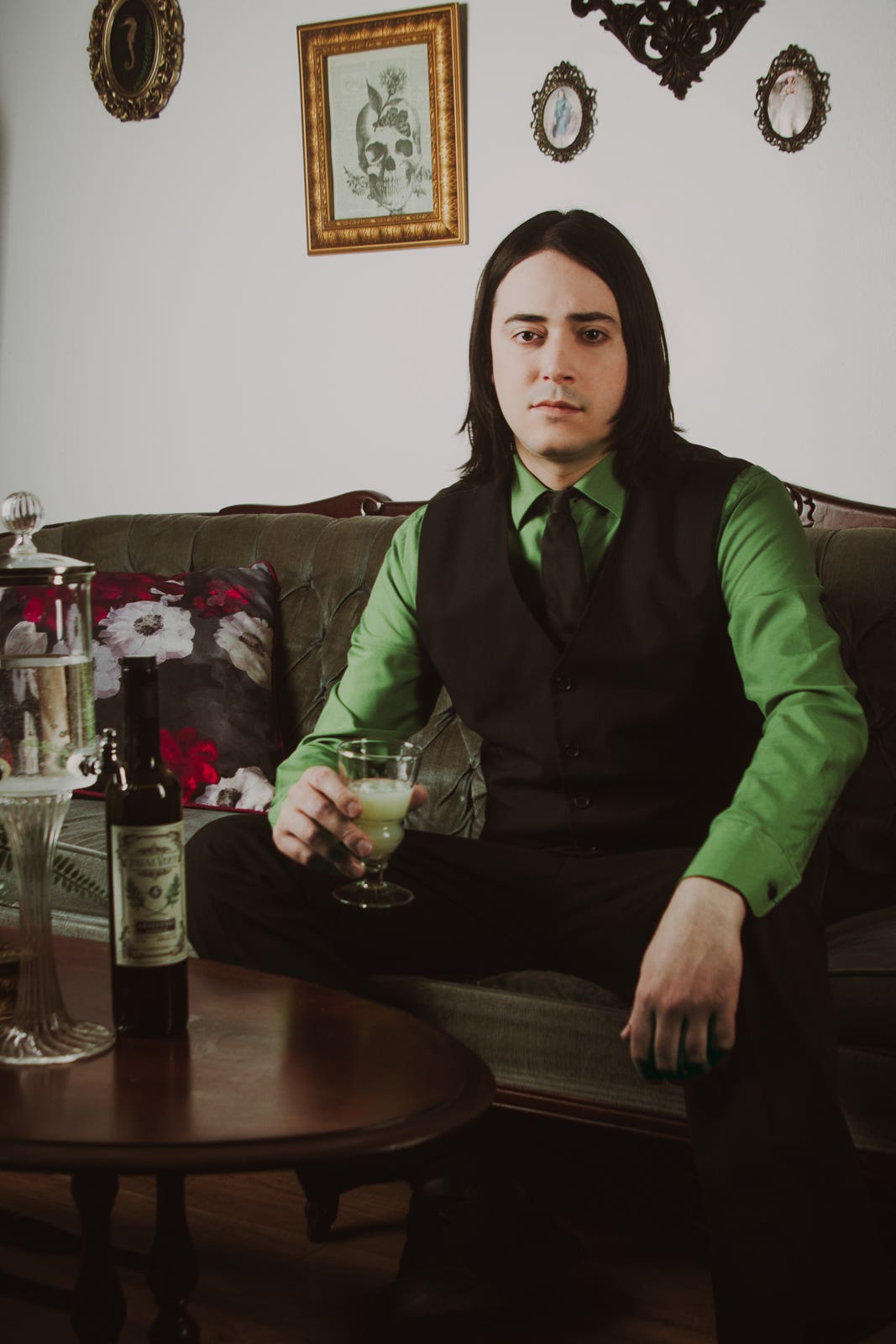

“I was completely charmed by its aromatic complexity, to the point where I did the Franco-Swiss Absinthe Trail.”
— Jean-Philippe Doyon, founder of Distillerie des Cantons
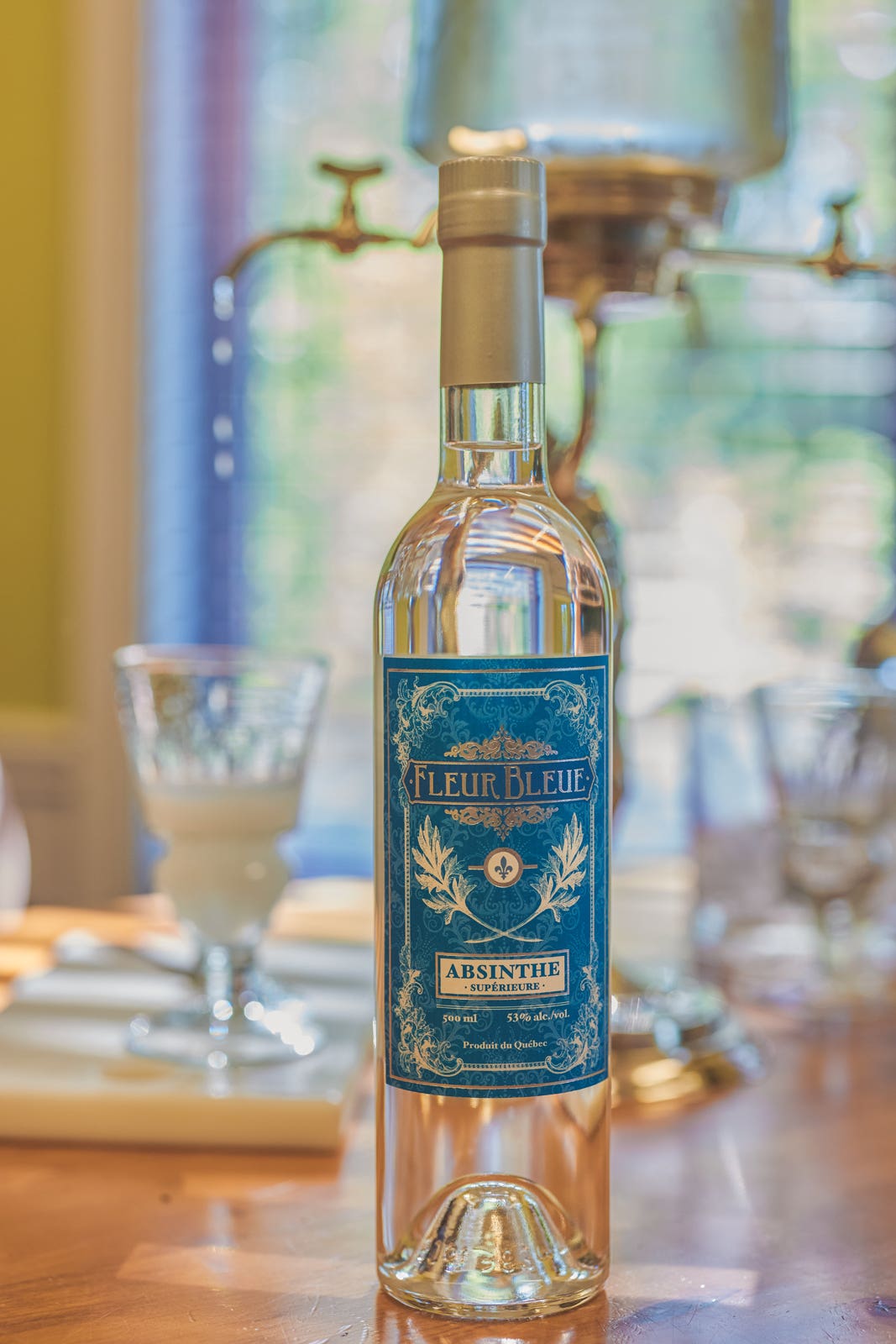



He was 21 when he discovered the green fairy in 2011, the year it was legalized in France. Three years later, he founded Absintherie des Cantons with his parents, Michel and Claudette. He studied the spirit’s beginnings to create his own absinthe recipe. “I dug up historical documents, including the Traité des liqueurs de Pontarlier, which dates back to the 19th century.” His efforts were rewarded when Fleur Bleue was named World’s Best Absinthe at the 2022 World Drinks Awards in London. Another one of his products, Joual Vert—a green absinthe produced after a secondary maceration—earned second place.
The townships in a bottle
Jean-Philippe believes that his products owe much of their success to the terroir in the Eastern Townships. “The quality of the plants has everything to do with making great absinthe,” he said. It turns out that the region’s climate is similar to what you’d find in Val-de-Travers, Switzerland, the birthplace of absinthe. This is what allowed the Doyons to cultivate the first—and, to this day, the largest—absinthe plantation in Canada, with a total of 4,000 plants. Among the 13 plants used to produce Fleur Bleue and Joual Vert, only fennel and star anise are imported. The rest are grown on their property in Roxton Pond, including grande and petite wormwood (two types of artemisia), hyssop, lemon balm, angelica root, camomile, green anise, verbena, peppermint, coriander, and licorice bark.
“Folks have discovered spirits from Quebec and are curious to try local absinthe,” Jean-Philippe noted. He isn’t the only one in the province to produce bottles of the green fairy, either. There’s Courailleuse from Distillerie Fils du Roy and Balzac from Distillerie Mariana—plus, Menaud in Charlevoix will be launching its own absinthe soon, too. Jean-Philippe sees this growing buzz around absinthe as a good thing. “Hopefully, ours will honour the traditional European absinthes.” We’re sure it will!


The Green Fairy from Chez Ernest: Comptoir de curiosité
1 oz absinthe
1/2 oz simple syrup
1/2 oz lime juice
6 oz prosecco
Fill a shaker with ice cubes, then add all the ingredients except the prosecco and lemon twist.
Shake vigorously for 8 to 10 seconds.
Pour through a cocktail strainer into a coupe glass.
Top up with the prosecco.
Garnish with the lemon twist.
Discover our selection of absinthes:
Other "FRESH" articles:
-
Read more
Cosmopolitans, Margaritas, Appletinis, Sex on the Beach—these sweet, colourful cocktails were all the rage at the end of the last millennium, and they’re totally in again! For the latest edition of Fresh, we’ll take a little trip back in time with two mixologists… who grew up in the 1990s!
-
Read more
Do you know piquette? In French, the term has often been used to mean plonk or poor quality wine, but it’s actually a slightly tart, low-alcohol drink that’s been gaining popularity in the past few years. We look at the phenomenon in the latest edition of Fresh!
-
Read more
Are we seeing the end of glass bottles? It started with beer, then ready-to-drink cocktails—now, wine is starting to appear in aluminum cans, too. Are we ready to go all in on this new trend? We spoke about it with two experts for this edition of Fresh!
 Access to SAQ Inspire personalized services and store inventories are unavailable at the moment.
Access to SAQ Inspire personalized services and store inventories are unavailable at the moment. Free in-store delivery with purchases of $75+ in an estimated 3 to 5 business days.
Free in-store delivery with purchases of $75+ in an estimated 3 to 5 business days. 
